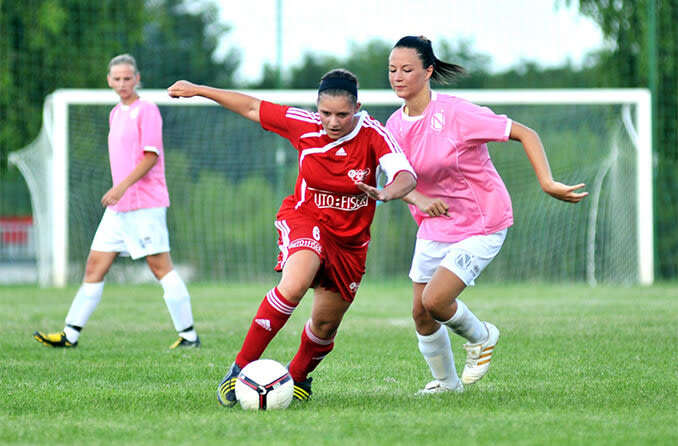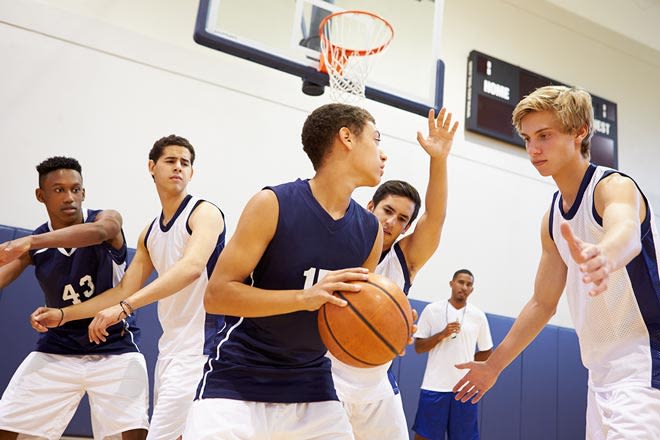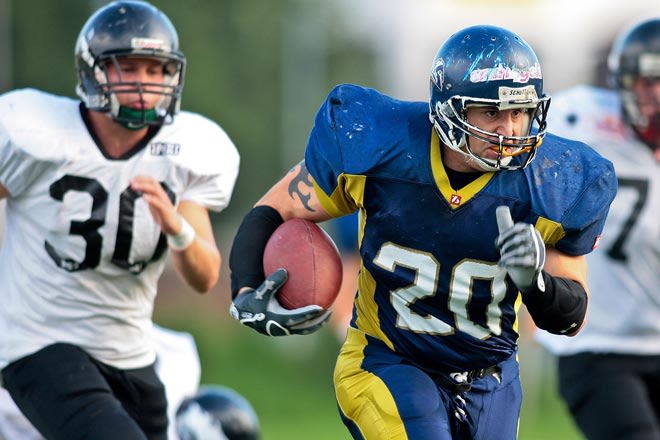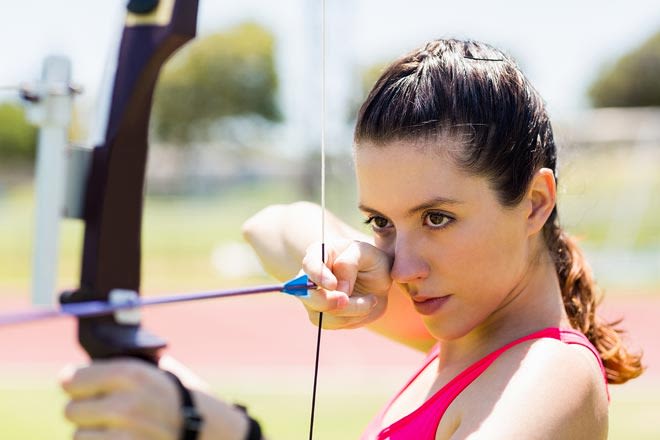Sports vision tests and training

Sports vision tests and training help athletes determine how well their eyes perform, beyond a basic ability to see letters and objects clearly on a standard eye chart.
Many sports vision skills can be addressed to improve athletic performance, such as:
Hand-eye coordination, which helps athletes — including baseball players at bat — anticipate and hit a fast-moving ball.
Improved depth perception to aid athletes such as downhill skiers when they negotiate turns and avoid obstacles.
Eye tracking ability, which includes following and anticipating motion of a bouncing basketball.
The sports vision tests that assess how well an athlete sees sometimes also can be used to train athletes and improve visual function.
Types Of Sports Vision Tests
Sports vision tests vary greatly, depending on the athlete's individual needs. Examples of the many tests an athlete might undergo from a sports vision specialist include:

Of all sports, basketball may be the most demanding in terms of visual skills used
Snellen Eye Chart. This familiar test involves reading lettering on a chart placed 20 feet away. You are asked to identify letters on lines of increasingly smaller sizes until you no longer are able to correctly identify most symbols on a line.
Usually the 20/20 line of letters is fourth from the bottom of an eye chart. If you can read the next smallest line, then you have 20/15 vision. If you can read only the next largest line, then you have 20/25 vision. And so on.
If you have problems reading an eye chart, then you typically are fitted with standard eyeglasses or contact lenses to improve visual acuity. Or, you might consider undergoing a vision correction procedure such as LASIK — but only after careful consideration of potential risks.
While correcting visual acuity may seem like a simple and obvious step, many sports vision specialists find that young athletes in particular have undetected refractive error that can adversely affect athletic performance.
"It has been proven time and time again that maximizing the visual proficiency of athletes is the greatest contributing factor to their improved playing success," said sports vision specialist Donald S. Teig, OD, FAAO, founder and co-director of Ridgefield Family Eyecare and the Institute for Sports Vision in Ridgefield, Conn.
Contrast Sensitivity Tests. Different tests assess contrast sensitivity. One common approach involves having you identify the orientation of parallel gray stripes against backgrounds that gradually begin to match the shade of the stripes.
If you have poor contrast sensitivity (trouble seeing high contrast objects against a similar background, especially in low-light conditions), various solutions can be considered, such as the possibility of fitting you with eyeglasses with specific lens tints to help increase visibility. However, not all sports vision experts agree that tints are helpful for everyone.
If you wear contact lenses or eyeglasses, you need to make extra sure that you keep them clean. Dirty lenses can significantly reduce your contrast sensitivity.
Eye Tracking Devices. Various high tech methods of assessing and improving how well your eyes follow (track) moving objects include computer systems where your eyes follow motion on a screen and mechanical rotation devices resembling record players upon which targets move in a circular pattern. These same types of devices can be used to train your eyes to follow motion.
Ocular Alignment Tests. Cover tests determine how well both eyes are aligned so they work together. Your eye doctor will use methods such as covering one eye to observe how the other eye responds to visual stimuli. Then both eyes will be uncovered and observed as they respond to the same stimuli.
The Hirschberg test is another method of determining ocular alignment, by assessing the way light is reflected off the cornea. Alignment problems can be detected by analyzing the specific points on the cornea where reflections occur.
Eye Dominance Tests. A simple method of determining eye dominance (Miles test) involves forming a triangle with your fingers and framing a spot while you look at it through both eyes. By closing one eye and then the other, you can identify your dominant eye as the one that maintains a stable view of the object you have framed.
If you are a photographer, you probably already know which eye is dominant, because you tend to choose this one for peering through the camera's viewfinder.
More formal methods of assessing eye dominance include the Dolman method, when you are advised to keep both eyes focused on an object as it moves nearer.
When one eye finally "diverges" or loses focus, then the other eye is dominant. If your non-dominant eye loses focus too soon, this could mean that you have problems with stereopsis or binocularity.
Depth Perception Measurements. Your ability to see in three dimensions can be determined by tests such as the Howard-Dolman Apparatus. This box-like device with interior lighting is placed before you at eye level. Then you are directed to view two black, vertical rods that you manipulate through a system of strings and pulleys.
The strings are attached to the rods, which you manipulate into different positions as instructed by your examiner. Your ability to perceive where the two rods are located in relation to each other and at different distances helps with assessments of your depth perception.

You need good peripheral vision to keep an eye on other players during team sports.
Assessments of Visual Processing Speed and Hand-Eye Coordination. Excellent sports performance depends largely on your ability to see and react quickly to objects such as baseballs thrown at high speed or race cars on a track.
Some tests can assess how fast you react after you first see an object. This visual input stimulates your brain to direct an appropriate physical response, such as taking a swing at a pitched baseball.
Other tests will measure how fast you react when you see a dropped object. Your reaction time is measured based on how far the object descends before you are able to respond and catch it.
These types of tests also can be used for training, to help you develop faster reaction times and hand-eye coordination.
Eye Teaming Tests. The Saladin Near Point Balance Card is one example of testing that determines how well your eyes work together as a team. This device measures precisely how each eye achieves fixation on a target and how well your eyes work together to achieve near vision focus (accommodation) at different distances.
If there is a difference in how each eye focuses or fixates in relation to the other, these tests can detect it and measure the disparity.
How Testing Aids Sports Vision Training
A sports vision training program can be as individual as you are, custom designed to meet your specific needs and goals.

In archery, it's important to know which eye is dominant so you can choose the right bow for alignment with the target.
Depending on your sport and results of comprehensive eye testing, you may need training that will help you with skills such as anticipating the trajectory of a bouncing ball.
Computer simulations also can be used as training tools, including those that help batters accurately anticipate where a fast ball or a curve ball will be located when it's time to take a swing.
Some sports vision specialists even use techniques such as visual imagery (visualization) to help athletes imagine themselves performing at a peak level. You may be asked to see yourself dashing across the finish line in record time or aiming your rifle in precisely the right way to hit the target.
Page published on Wednesday, February 27, 2019




